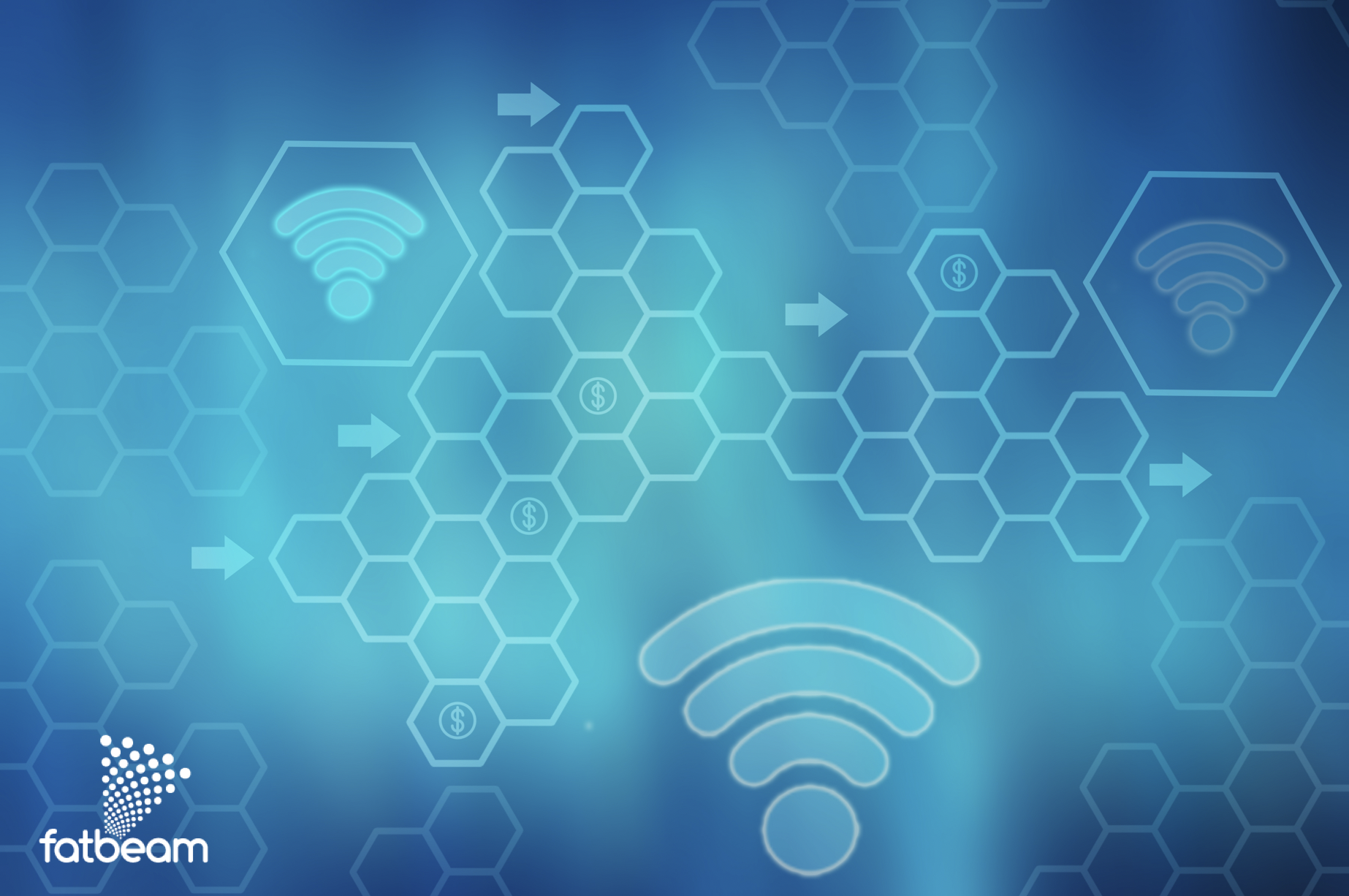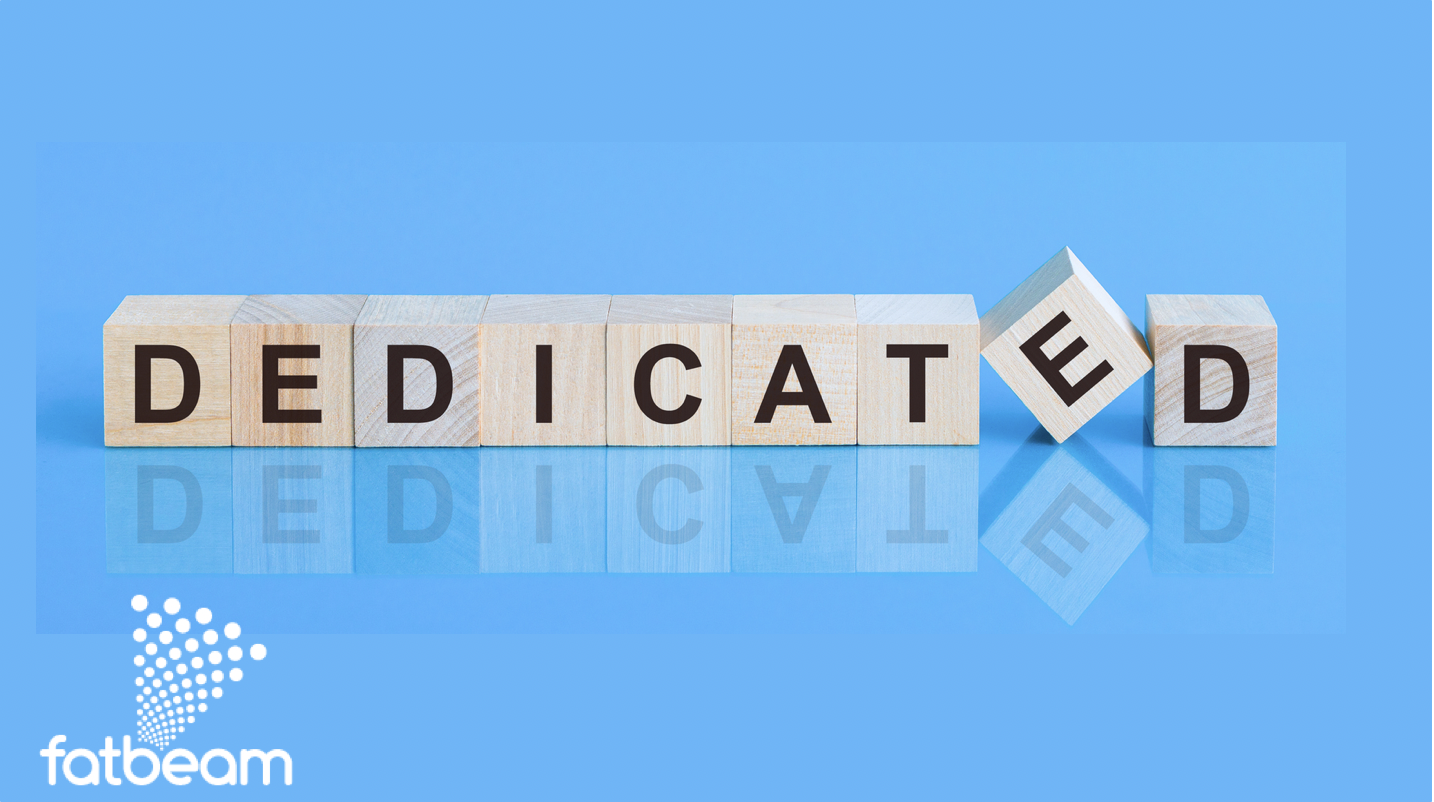Choosing the right type of internet infrastructure is critical for businesses that depend on high-speed, reliable connectivity. In the debate between fiber vs. coax, understanding the technical differences and performance capabilities of each option is essential. Both fiber optic and coaxial cables have their place in network infrastructure, but as businesses grow and require more bandwidth, the comparison becomes increasingly relevant.
This blog breaks down the differences between fiber optic vs. coaxial cable, including pros, cons, and practical applications to help your business make an informed decision.

What Is Coaxial Cable?
Coaxial cable, commonly known as "coax," has been a staple in the telecommunications industry for decades. It was originally developed to transmit television signals and later adapted to provide broadband internet access. Coax consists of a copper core surrounded by insulating material, a metallic shield, and an outer protective layer.
Coaxial cables rely on electrical signals to transmit data, and they’re widely used by cable internet providers to deliver services to homes and businesses.
What Is Fiber Optic Cable?
Fiber optic cables use light signals to transmit data through thin strands of glass or plastic. This technology allows data to travel at significantly higher speeds over longer distances without signal degradation. Unlike coax, fiber optic cables are immune to electromagnetic interference, making them more reliable for high-performance applications.
Fiber optics are increasingly becoming the backbone of modern internet infrastructure, enabling faster, more secure, and more scalable connections for businesses, service providers, and residential users.

Key Differences: Fiber vs. Coax
When comparing fiber vs. coax, there are several crucial factors to consider, including speed, reliability, scalability, and cost. Let’s explore the main differences between these two technologies.
1. Speed and Bandwidth
- Fiber Optic: Fiber cables offer far superior speed and bandwidth capabilities. With the potential to transmit data at speeds up to 100 Gbps or higher, fiber optic networks can handle massive amounts of data without lag. Fiber also provides symmetrical speeds, meaning upload and download rates are equally fast – ideal for businesses relying on cloud applications, video conferencing, and large file transfers.
- Coax: Coaxial cables typically max out at around 1 Gbps for download speeds, with slower upload speeds. Asymmetric speeds (faster downloads, slower uploads) can be a bottleneck for businesses with heavy data upload requirements.
Is fiber better than coax for speed? Absolutely – fiber’s ability to provide symmetrical, ultra-high-speed connections outperforms coaxial cable across the board.

2. Reliability and Signal Quality
- Fiber Optic: Fiber is highly resistant to interference from electrical signals, weather conditions, and environmental factors. This makes fiber internet more reliable, with fewer outages and performance issues. Additionally, fiber’s signal strength doesn’t degrade over long distances, making it ideal for sprawling networks.
- Coax: Coaxial cables are more susceptible to interference, especially in areas with high electromagnetic activity. Signal degradation is common over long distances, which can lead to slower speeds and higher latency for businesses located far from the network hub.
Fiber optic vs. coaxial – who wins for reliability? Fiber optic cables are the clear winner, offering unparalleled stability and performance.
3. Scalability
- Fiber Optic: Fiber is future-proof. As data demands grow, fiber optic networks can easily scale by upgrading the hardware at either end of the connection. The infrastructure itself rarely needs modification.
- Coax: Coax networks have limitations when it comes to scalability. Expanding bandwidth often requires physical upgrades or laying additional cables, which can be costly and time-consuming.
For businesses with growth on the horizon, fiber is the superior long-term investment.
4. Security
- Fiber Optic: Fiber networks offer enhanced security. Since data travels as light signals, intercepting or tapping into a fiber cable is extremely difficult without detection. This makes fiber a preferred option for industries that prioritize data privacy and cybersecurity.
- Coax: Coaxial networks are more vulnerable to physical tapping and hacking. The electrical signals used in coax cables can be intercepted with relative ease, posing a security risk for sensitive data transmissions.
Is fiber better than coax for security? Yes – fiber’s inherent security features make it the preferred choice for businesses handling confidential information.
5. Cost Considerations
- Fiber Optic: While fiber optic installation can involve higher upfront costs, the long-term benefits often outweigh the initial investment. Fiber’s durability, scalability, and lower maintenance requirements contribute to overall cost savings over time.
- Coax: Coaxial networks are generally more affordable to install, especially in areas where the infrastructure already exists. However, businesses may encounter hidden costs related to performance limitations, frequent maintenance, and scalability challenges.
Fiber optic vs. coaxial cable – what’s the cost advantage? Coax may win on initial costs, but fiber’s long-term ROI makes it the smarter choice for businesses planning for future growth.
6. Installation and Availability
- Fiber Optic: While fiber infrastructure continues to expand, it’s not yet as common as coaxial cable. In some regions, businesses may face limited access to fiber services, which can delay deployment.
- Coax: Coaxial networks are widespread and readily available in most urban and suburban areas. This makes coax the default option for many businesses and residents lacking immediate access to fiber.
Fiber vs. coax – who has the advantage in availability? Coax remains more available, but fiber’s expansion is closing the gap quickly.

Build a Better Network With Fatbeam Fiber
As businesses become increasingly data-driven, the advantages of fiber optic networks over coaxial cables are hard to ignore. Fiber vs. coax isn’t just a matter of speed – it’s about future-proofing your infrastructure, enhancing security, and ensuring reliable performance as bandwidth demands grow.
At Fatbeam, we provide high-performance fiber optic solutions tailored to the needs of businesses seeking faster, more reliable connectivity. Whether you’re upgrading from Coax or expanding your current network, our fiber services offer the speed, reliability, and scalability necessary to stay competitive in today’s data-driven landscape. In addition to business solutions, we also extend our fiber services to residential areas, bringing the same level of performance and reliability to homes in our service regions.
Ready to future-proof your business with fiber? Contact us today to explore our fiber optic options.


